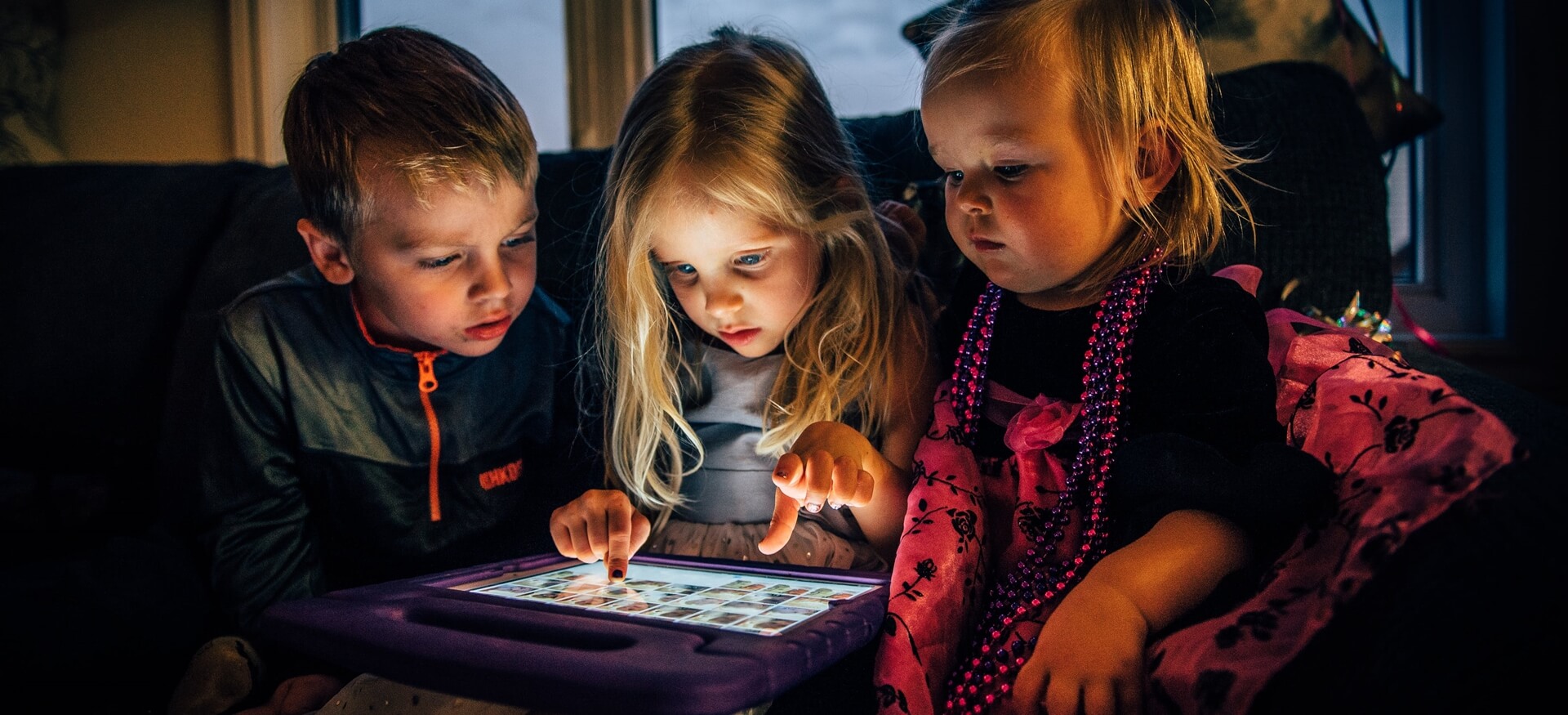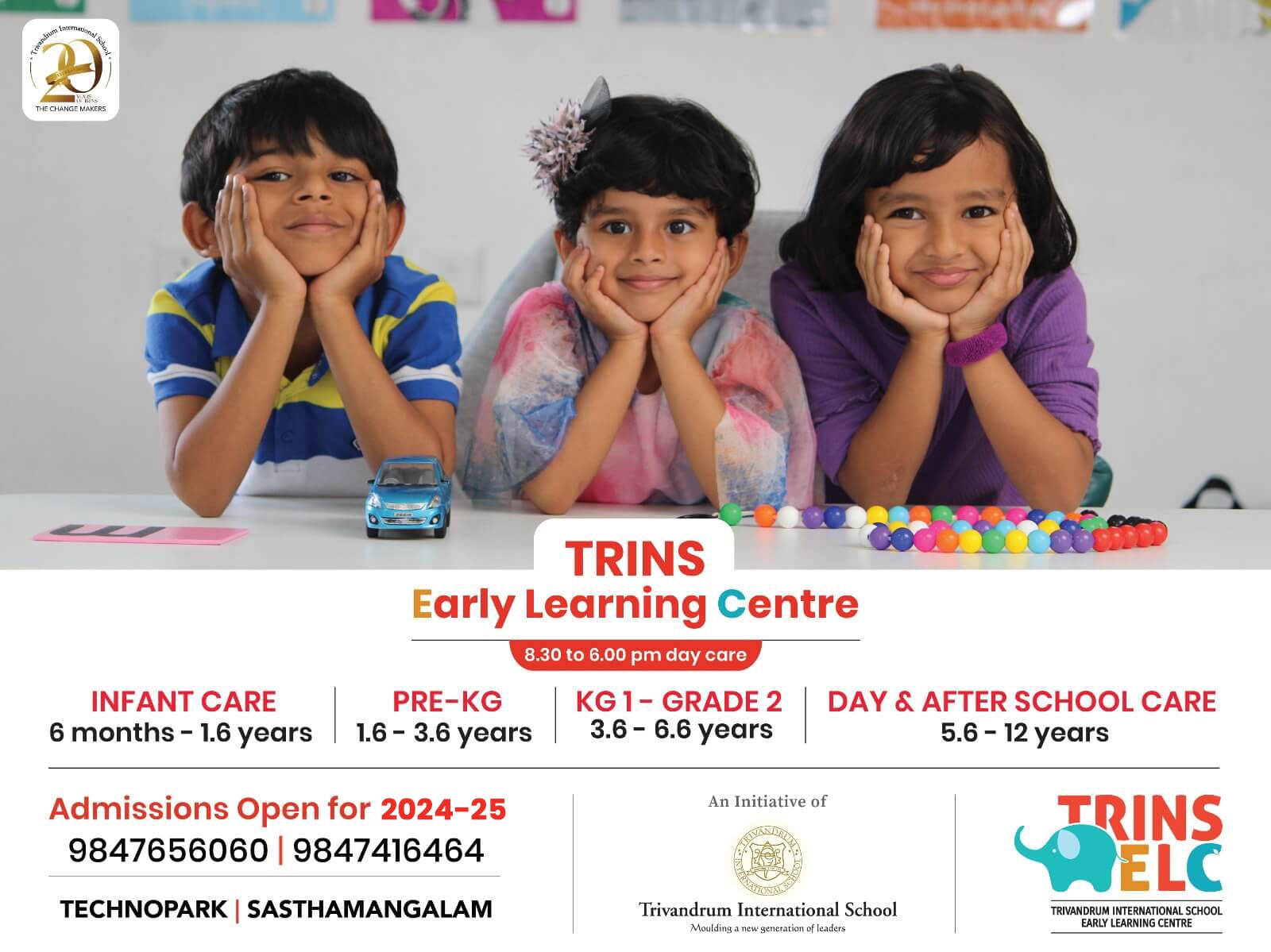


The Impact of Technology on Child Development

In the rapidly evolving digital age, technology has become an integral part of our lives, significantly influencing child development. While it offers immense learning opportunities, it also raises concerns about overexposure and dependency. Understanding this impact is crucial for parents and educators to guide children towards healthy and balanced use of technology.
Benefits of Technology in Child Development
-
Educational Advancements: Technology has revolutionized the education sector. Educational apps and e-learning platforms provide interactive and personalized learning experiences, making education accessible and engaging for children.
-
Enhanced Cognitive Skills: Interactive games and apps can enhance cognitive skills such as problem-solving, memory, and critical thinking.
-
Digital Literacy: Early exposure to technology helps children become digitally literate, an essential skill in today's world.
-
Social Connectivity: Technology enables children to connect with peers and educators, fostering social skills and collaborative learning.
Concerns and Challenges
-
Screen Time and Health: Excessive screen time can lead to health issues like eye strain, poor posture, and disrupted sleep patterns.
-
Impact on Social Skills: Overreliance on digital communication can hinder the development of face-to-face social skills and emotional intelligence.
-
Content Exposure Risks: The risk of exposure to inappropriate content and cyberbullying is a significant concern in the digital space.
-
Dependency and Addiction: Prolonged and unmonitored use of technology can lead to dependency or addiction, affecting mental and physical well-being.
Balancing Technology Use
-
Set Screen Time Limits: Implementing structured screen time can help manage the duration and quality of tech exposure.
-
Encourage Outdoor Play: Outdoor activities are essential for physical health and social skill development.
-
Parental Guidance and Monitoring: Active parental involvement in monitoring and guiding online activities is crucial.
-
Quality of Content: Focus on quality and educational value rather than just the quantity of screen time.
Technology as a Tool, Not a Replacement
Technology should be viewed as a tool to aid development, not as a replacement for traditional learning methods and physical play. A balanced approach that incorporates technology with conventional teaching methods and physical activities can provide a well-rounded developmental experience for children.
The impact of technology on child development is profound and multifaceted. It presents both opportunities for growth and challenges to overcome. By adopting a balanced and mindful approach to technology use, we can ensure that children reap its benefits while mitigating potential risks, thus fostering a healthy and holistic development.





